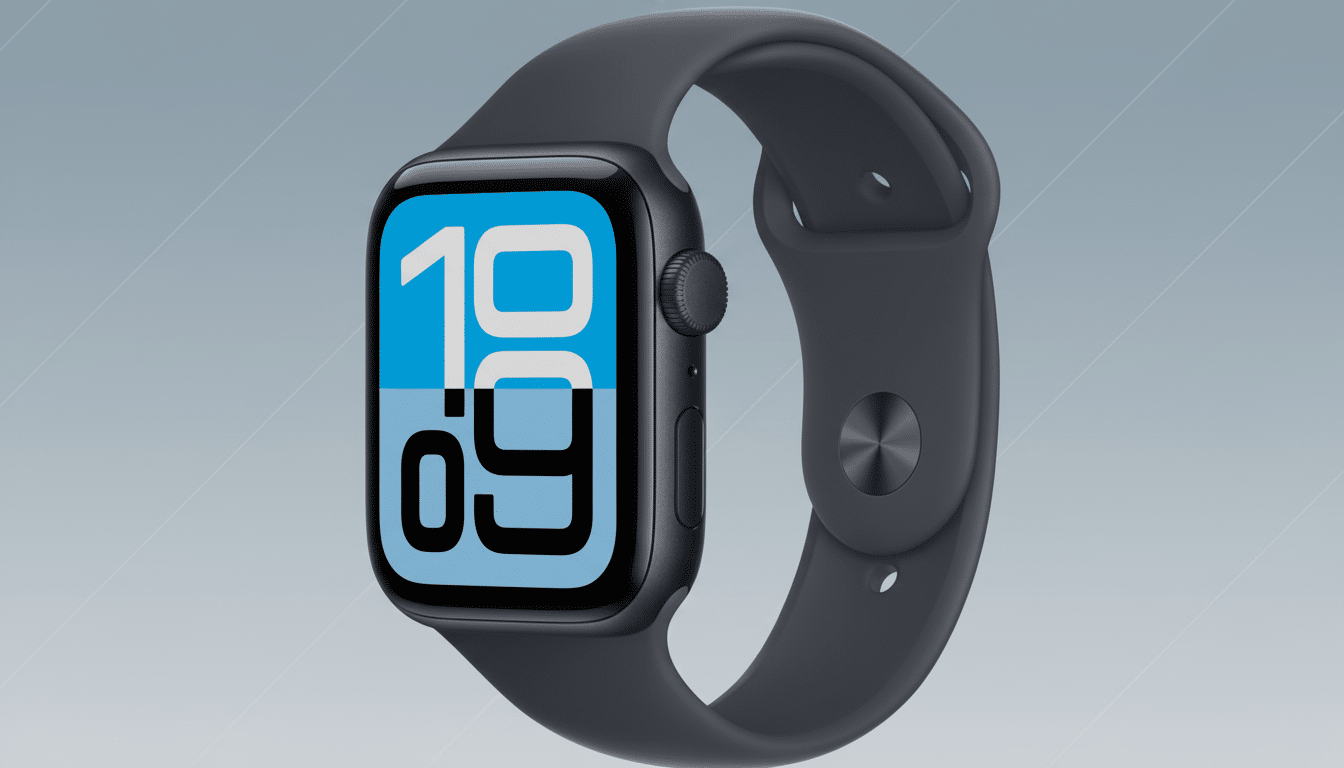Apple is expanding the definition of a “great” night’s sleep in the newest watchOS 26.2 beta, and refocusing how Apple Watch grades your rest. There is a clear shift at the top of the scale in early tests: The long-standing “Excellent” label, under which 75 percent of scores fell, is gone, replaced with a new and harder-to-achieve “Very High,” while most other tiers move to spread scores more evenly across typical nights.
What’s Changing in the watchOS 26.2 Sleep Beta
Based on screenshots shared by 9to5Mac from developer beta code, the overall score is still derived from three of Apple’s pillars — time in bed (50 points max), bedtime consistency (up to 30 points), and interruptions (up to 20 points). The recalibration occurs in the labels that are applied to your eventual total.

The new labels are Very Low at 0–40, Low at 41–60, OK at 61–80, High at 81–95, and the new Very High at 96–100. That means nights that previously would have been rated as “Excellent” might now be ranked as “High” — unless they meet an even tighter threshold.
For example, a night of 46/50 duration, 30/30 bedtime, and 17/20 interruptions adds up to a total of 93. Yesterday, that looked like “Excellent.” In watchOS 26.2 beta, 93 falls into “High,” and I reserve “Very High” for perfect or almost-perfect sleep cycles (low wake-ups) with a strong schedule.
Why Apple Is Raising the Ante on Sleep Scoring
Consumer sleep metrics have evolved rapidly, and users have become savvier about what the scores really imply. In compressing the top end, Apple is presumably shooting for better calibration — to bring down “grade inflation” and make elite nights rare enough to feel meaningful. This follows broader wearables trends: WHOOP and Oura competitors, for instance, focus on score distributions that reward consistency and punish losing minutes of bad sleep here or beats of meh cardio there, so top marks are exceptional in truth.
It also jibes with advice from sleep experts. The American Academy of Sleep Medicine suggests at least 7 hours for most adults, but duration is just one part of the equation. “Having a consistent bedtime, without overnight awakenings, seems to contribute to better daytime functioning and mood.” By awarding 50 points to achieving the hours measure but leaving 30 for consistency and 20 for interruptions, Apple still largely values habits that are consistent with evidence-based sleep hygiene over long hours for the sake of them.

Trust matters here. Large surveys with data collected by public health organizations have found that many adults do not get recommended amounts of sleep, and lab studies have shown that consumer trackers can be reasonably accurate in tracking sleep duration but may be less precise about stages of sleep. A scoring system that feels like it was earned — either an absolutely quiet night (96–100 = Very High), or not quite as much — is good for babies’ mamas and papas who’d have to cross-check this with a bunch of other trackers anyway.
How The New Tiers Affect Your Nightly Score
Expect fewer top-end nights. If you’ve consistently reached for the upper 90s despite waking briefly or pushing your bedtime, those routines now may stop at low-90s “High.” Down at the other end of the scale, Apple stretched out the “Very Low” range at 0–40, helping to make exceptionally brief or broken nights more easily flag as ones that may need tackling.
The weighting still suggests where you ought to focus: duration is the most important, and consistency is where the top competitors can be separated from each other. If you’re already getting 7–8 hours a night, the fastest way to move from “High” to “Very High” is locking in a regular schedule and minimizing mid-sleep awakenings, especially during the last third of the night — this is when disturbances can have an outsized impact on how rested you feel.
Devices come with comparable specs, so don’t plan on one-to-one matches. WHOOP’s sleep performance, for example, compares time slept to a personalized “sleep need,” and Oura’s Sleep and Readiness scores factor in aspects like latency and recovery. Apple’s approach is easier to understand and habitual but less nuanced, so your Apple Watch “High” may look like 85–90 percent overnight elsewhere. That’s the way it is — each platform optimizes for its own behavior signals.
Tips For Scoring Very High Under The New Scale
- Shoot for a consistent time to go to bed and wake — but with wiggle room. A drift of just 20–30 minutes can chip a few points away from the 30-point consistency bucket.
- Target 7–9 hours to reliably bank 7+ hours asleep. The bucket for duration is still half your score, and small nightly shortages add up during the week.
- Minimize disruptions: Cool the room, control light exposure, avoid alcohol late, as well as pets or notifications that can awaken you. In the 20-point interruptions category, such short awakenings can add up.
- Employ Apple’s Sleep Focus and Wind Down features to gently push routines. Automations — things like dimming the lights and silencing alerts — can also help encourage onset and continuation without extra work.
Bottom Line for Apple Watch Sleep Scoring Changes
The watchOS 26.2 beta doesn’t affect how your score is calculated so much as what it means. By changing “Excellent” to “Very High,” and drawing the thresholds for that level more snugly, Apple is saying: Great nights of sleep can — and should — be rare, and truly an indication of excellent habits. If your numbers are below what they would be in another tier, that’s not worse sleep — it’s a tougher, arguably more truthful curve. That, for most of us, is a win in terms of clarity and long-term motivation.

